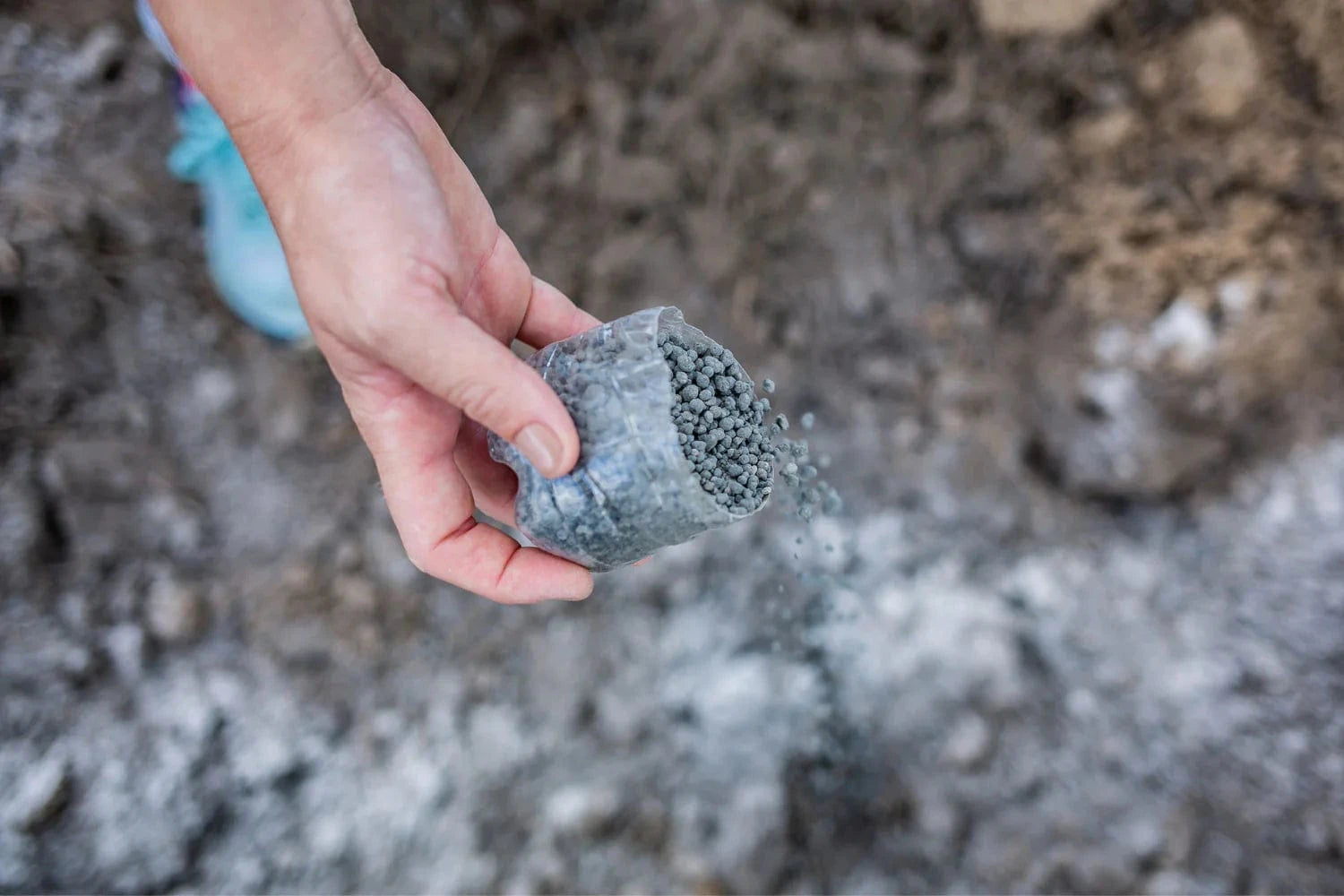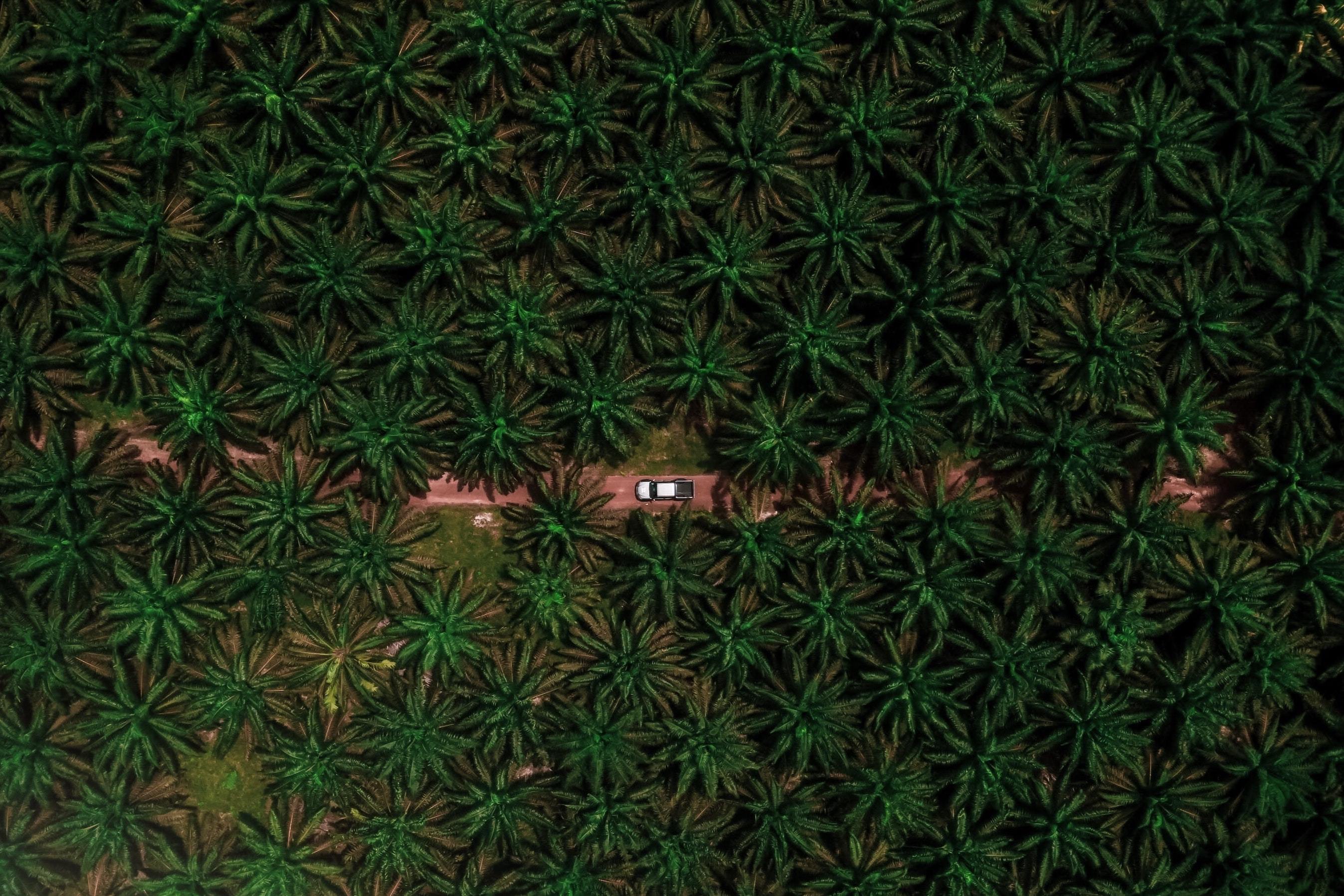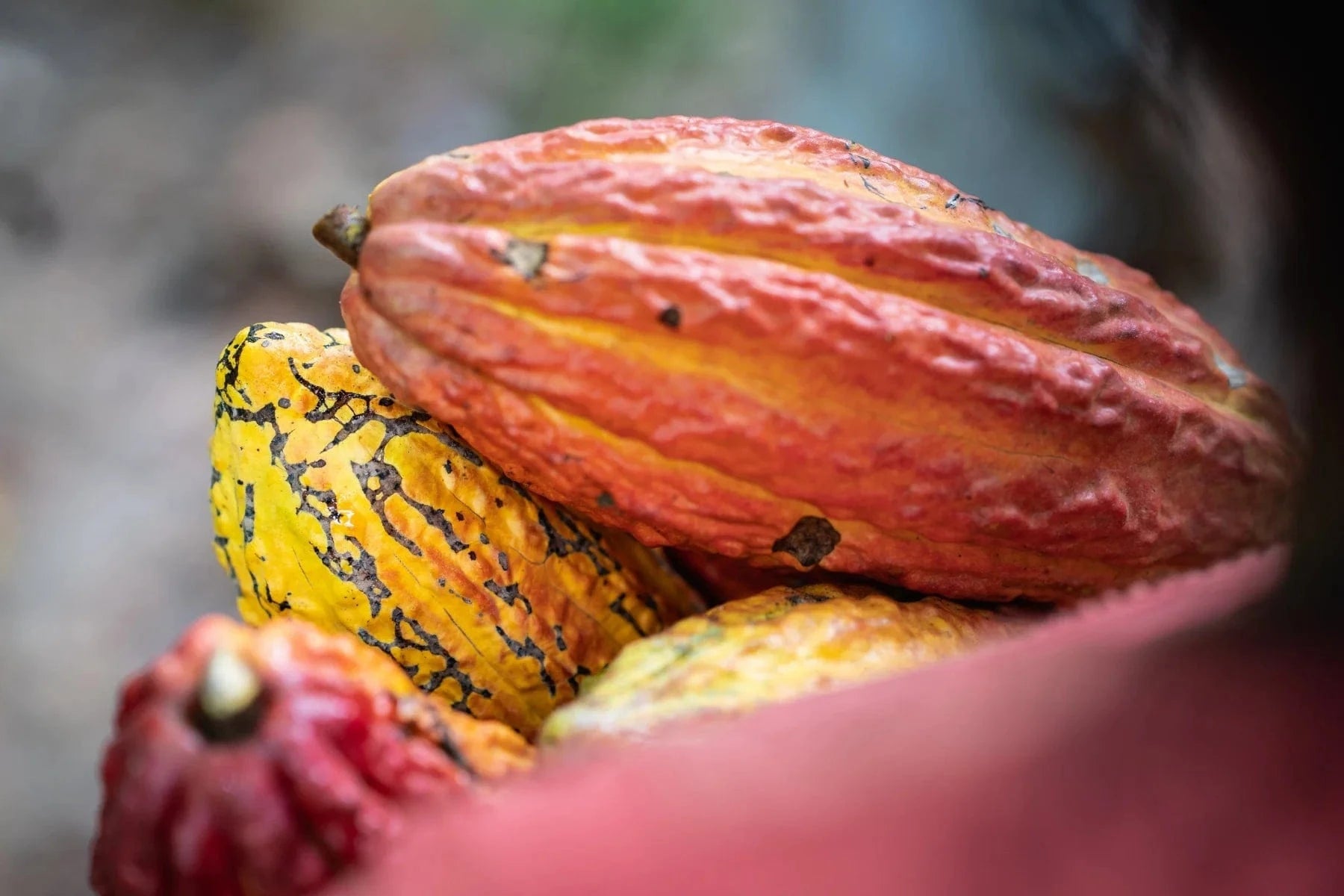
Click here to support reforestation
with your company.
Get news, updates, & event Info delivered right to your inbox:
Afforestation Explained
From industrial agriculture to land conversion and resource extraction, human activities have long had an intense impact on our planet. One of those impacts is deforestation — or, the human-driven and natural loss of trees. For centuries, the rise of human populations and more industrialized ways of life, has come at the cost of the majestic primary forests that once blanketed our global land area.
The rate of deforestation is declining, but we still lost forests at a whopping 10 million hectares per year between 2015-2020. And while reforestation is our bread and butter, there are other methods that can help, including afforestation. Every planting area has its own unique set of pressures, including historic land use, community needs, terrain, and more. And in some areas, a combination of reforestation and afforestation may provide the nuanced solution that will increase the likelihood of long-term success.
Some nations, like China, and international projects, like the Great Green Wall, are using afforestation to improve the lives of people and reduce the desertification of their land. In Iceland, trees were cut down many centuries ago by the Vikings. Now, Iceland is exploring ways to incorporate afforestation projects into their land management to improve the health of their ecosystems — including our Dragons Nest project, which employs afforestation to restore degraded former grazing land that, long ago, was a majestic forest.
Afforestation Vs. Reforestation
Unlike reforestation, afforestation is the planting of trees where forests never existed before — or have not existed for centuries. Whereas reforestation helps restore damaged forests, afforestation is the process of planting completely new forests where there was no forest cover at all. These forests can create new habitats for wildlife, provide jobs and economic benefits to local communities, and increase the planet's capacity to absorb carbon dioxide.
There Are 3 Types of Afforestation
There are three types of afforestation: natural regeneration, commercial plantations, and agroforestry. Deciding what, how and where to plant is an important part of the process, as the needs of the local environment and populace need to be considered carefully.

1. Natural Regeneration
Natural forests are the most effective at absorbing carbon and creating new habitats. Planted with a wider variety of species, they have the potential to one day become multi-dimensional forests that provide a home for a diverse range of wildlife species and provide rich ecosystem services over time.

2. Commercial Plantations
Commercial plantations are planted with the goal of producing a specific product, such as timber or paper pulp. They are still capable of storing carbon, but will eventually be harvested. Depending on what is grown, that carbon may be released again. In some cases, native forests are cleared to make way for these plantations.

3. Agroforestry
Finally, agroforestry is the planting of trees for crop production, such as cacao, mangoes, avocados, nuts and more. While the carbon storage capacity can vary depending on the crop, this type of planting often provides a much needed source of food and income for local residents, and can be leveraged to increase the carbon capacity of already established agricultural sites.
When done correctly, afforestation can be great for the environment. When done incorrectly, these often large-scale plantings can result in significant land-use change, which can increase competition for land and raise food prices. Planting on low-quality pasture and grassland can alleviate this, but often requires the use of nitrogen fertilizers that release harmful greenhouse gases. And selecting the right type of afforestation is necessary to make sure local communities are not deprived of the economic benefits of their land — which can fuel further deforestation. It is also important to carefully consider the species planted to make sure the trees survive and do not negatively affect the local environment.
Despite these concerns, afforestation remains a practical tool to address some of our biggest environmental issues. While trees take a long time to mature, they are the best natural resource we have to capture carbon, protect fertile land from desertification and flooding, and maintain healthy biodiversity on our planet.
If you're interested in supporting an afforestation project that is carefully implemented with intention and respect for the land and local communities, consider planting trees with us!
Click here to support reforestation
with your company.
Get news, updates, & event Info delivered right to your inbox:
Related Posts
9 Sustainable New Years Resolutions
18/12/2025 by Meaghan Weeden
Inspirational Quotes About Trees
16/12/2025 by Meaghan Weeden
The 9 Oldest, Tallest, and Biggest Trees in the World
11/12/2025 by One Tree Planted
Popular On One Tree Planted
Inspirational Quotes About Trees
16/12/2025 by Meaghan Weeden
The 9 Oldest, Tallest, and Biggest Trees in the World
11/12/2025 by One Tree Planted
What Causes Deforestation?
10/07/2025 by Meaghan Weeden
Fundraising Disclosures

Be Part of the Restoration Movement
The Grove is more than just a monthly giving program: it's a vibrant community of individuals who are dedicated to reforestation and environmental restoration on a global scale.



